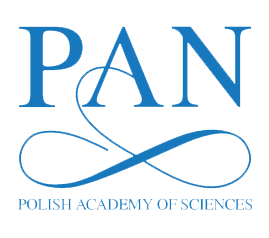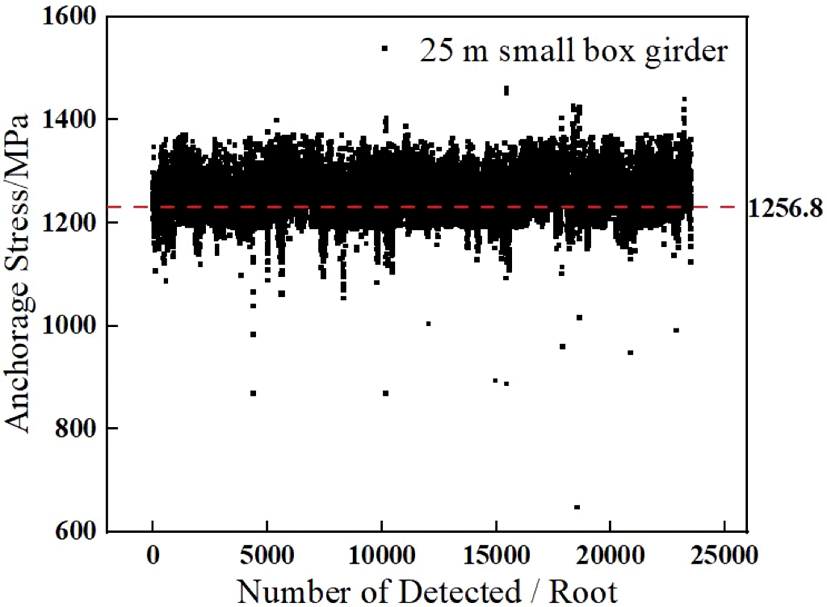Effective anchorage stress of prestressed tendons in PC girders under varying tensioning sequences
1
Institute of Bridge Engineering, Guangzhou Guangjian Construction Engineering Testing Center Co., LTD, China
2
School of Civil and Transportation Engineering, Guangdong University of Technology, China
These authors had equal contribution to this work
Submission date: 2024-05-08
Final revision date: 2024-07-21
Acceptance date: 2024-08-27
Publication date: 2025-09-16
Corresponding author
Shaohua He
School of Civil and Transportation Engineering, Guangdong University of Technology, China
School of Civil and Transportation Engineering, Guangdong University of Technology, China
Archives of Civil Engineering 2025;71(3):217-230
KEYWORDS
TOPICS
ABSTRACT
In current design codes, the standardized anchorage stress of prestressed tendons in concrete girders is uniform, which presents a notable challenge in accurately assessing the effective anchorage stress of girders with varying span lengths. This study investigates the impact of prestressed tendons' span length and tensioning sequences on effective anchorage stress in small-box girders (20 m, 25 m, 30 m) and 40 m T-shaped girders. Comprehensive theoretical approaches for computing the effective anchorage stress of the tendons, accounting for stress losses due to conduit friction, anchor deformation, rebar relaxation, concrete, and joint compression, are presented. The calculated results for prestressed concrete (PC) girders with typical span lengths and cross-sections demonstrate that girder length and tensioning sequence influence the effective anchorage stress of prestressed tendons. The currently recommended standardized effective anchorage stress of 1280 MPa in existing codes, derived solely from a designated length and anchorage retraction, proves inadequate for PC girders of varying lengths. Based on theoretical and numerical findings, refined effective anchorage stress of 1237 MPa, 1244 MPa, and 1251 MPa are proposed for small-box girders with span lengths of 20 m, 25 m, and 30 m, respectively, while the recommended effective anchorage stress for a T-shaped PC girder with a length of 40 m is 1251 MPa. Adoption of the evaluation method effective anchorage stress yields an improved prestressed quality passing rate ranging from 4.0% to 10.9%, thereby effectively reducing the necessity for unnecessary supplementary tensioning or excessive tensioning during on-site construction to meet project requirements.
Share
RELATED ARTICLE
We process personal data collected when visiting the website. The function of obtaining information about users and their behavior is carried out by voluntarily entered information in forms and saving cookies in end devices. Data, including cookies, are used to provide services, improve the user experience and to analyze the traffic in accordance with the Privacy policy. Data are also collected and processed by Google Analytics tool (more).
You can change cookies settings in your browser. Restricted use of cookies in the browser configuration may affect some functionalities of the website.
You can change cookies settings in your browser. Restricted use of cookies in the browser configuration may affect some functionalities of the website.




